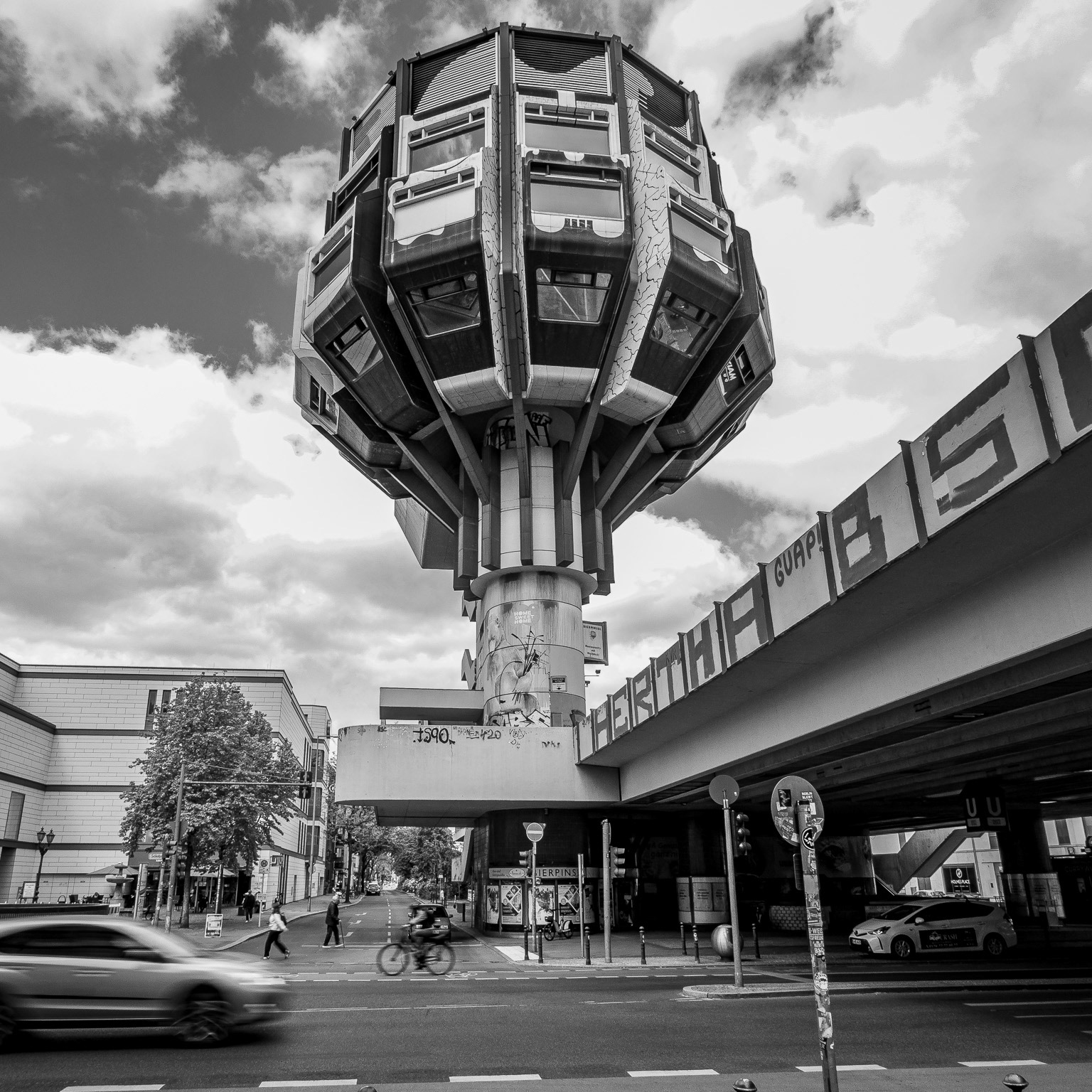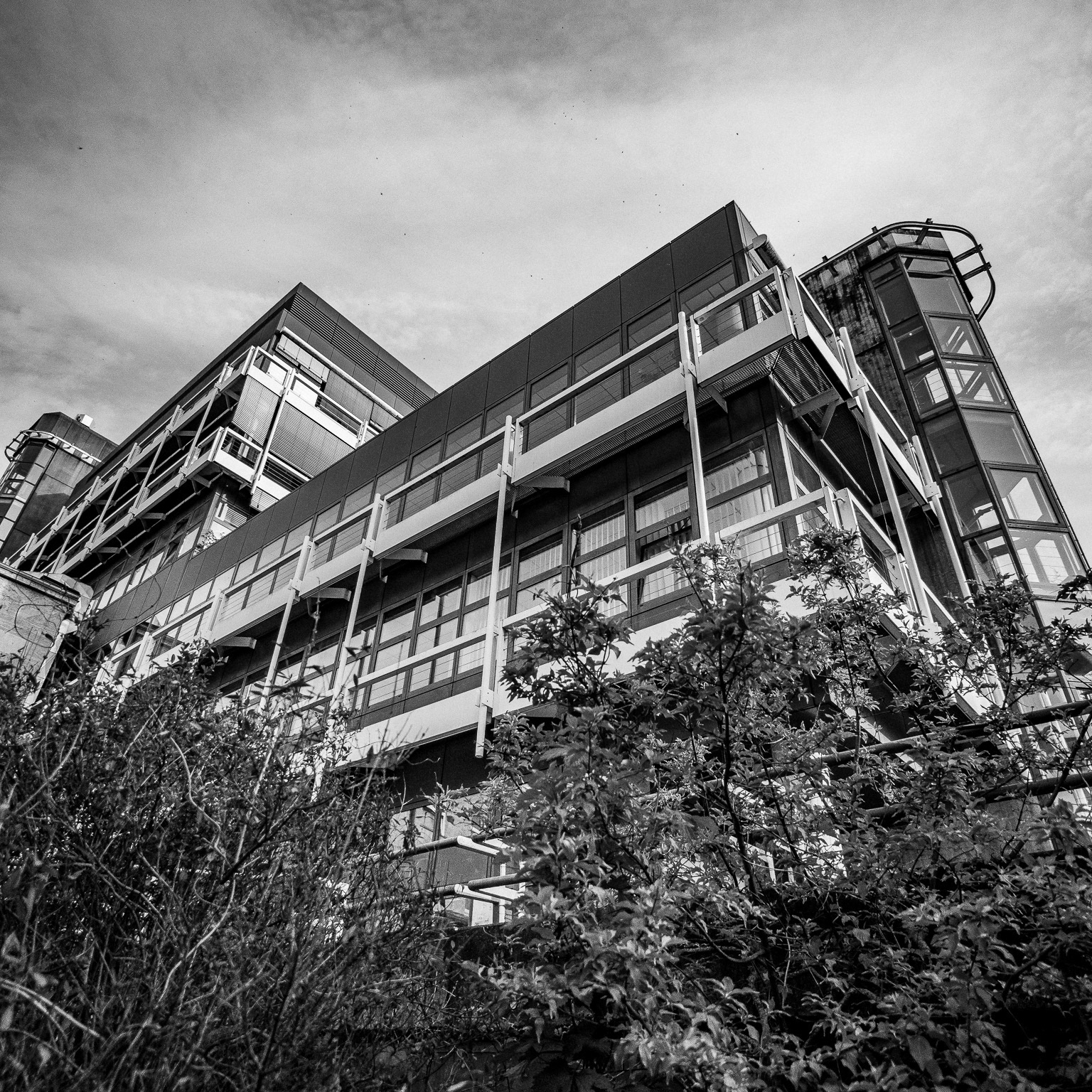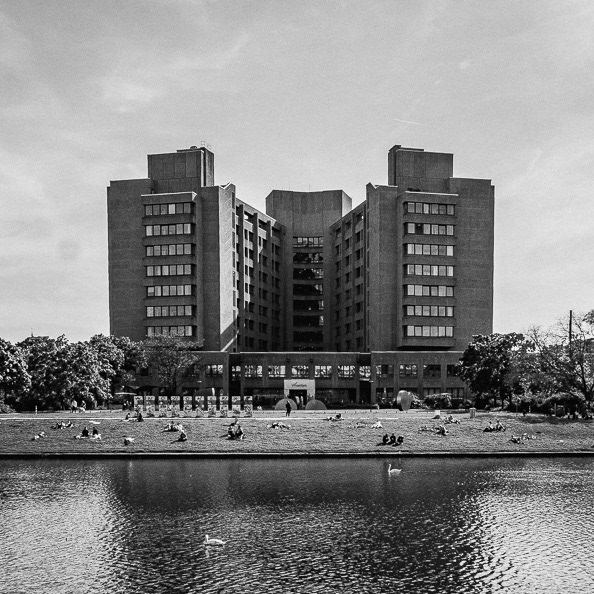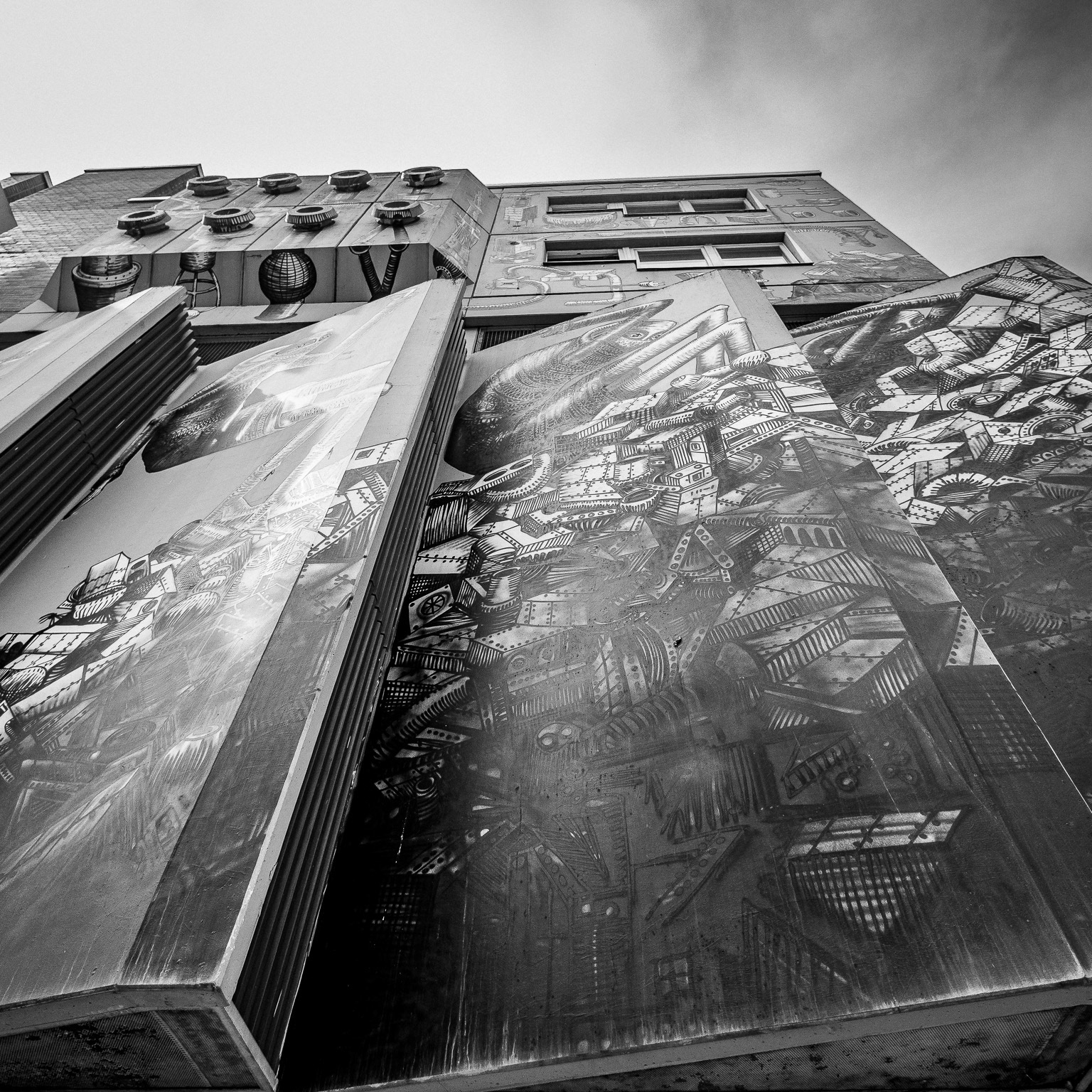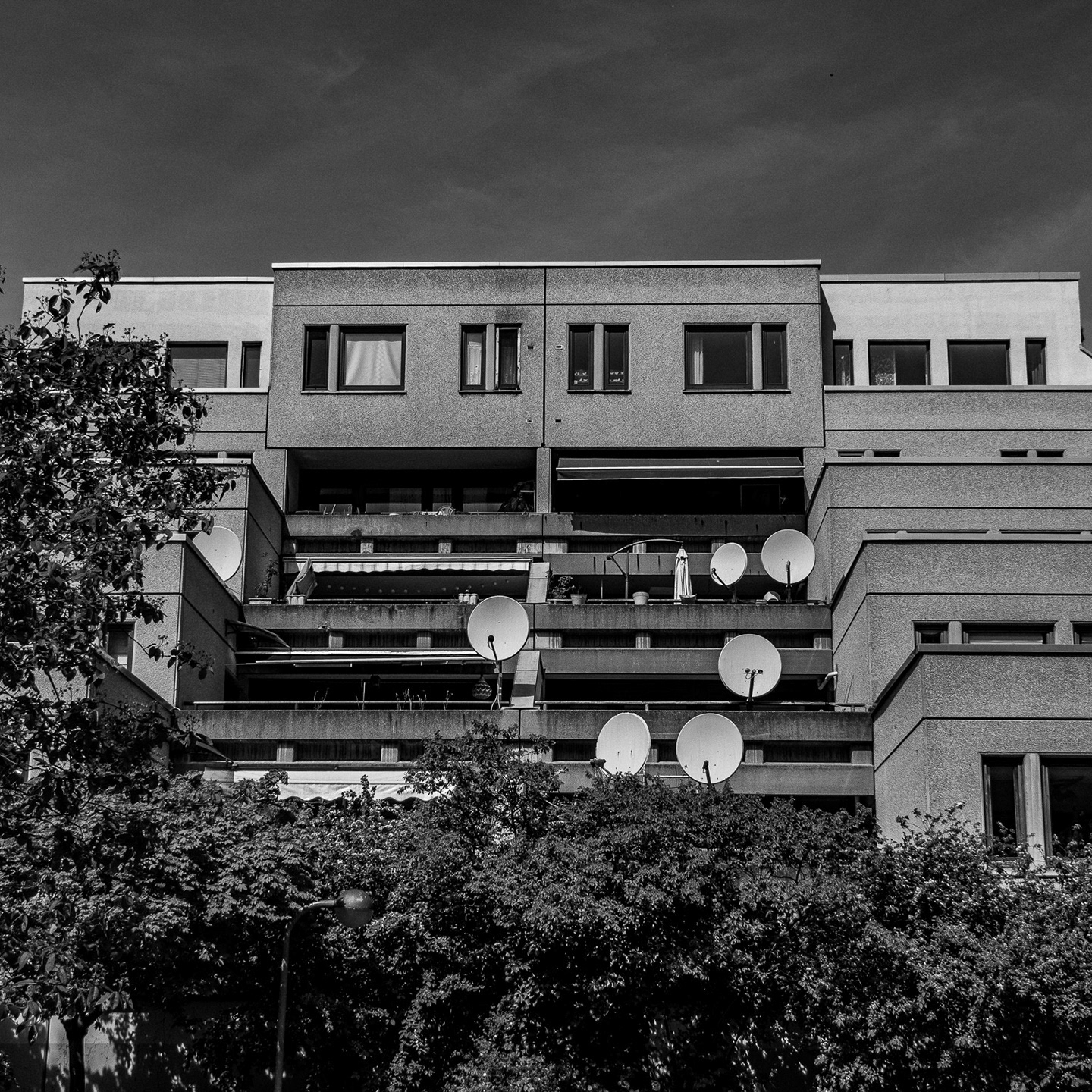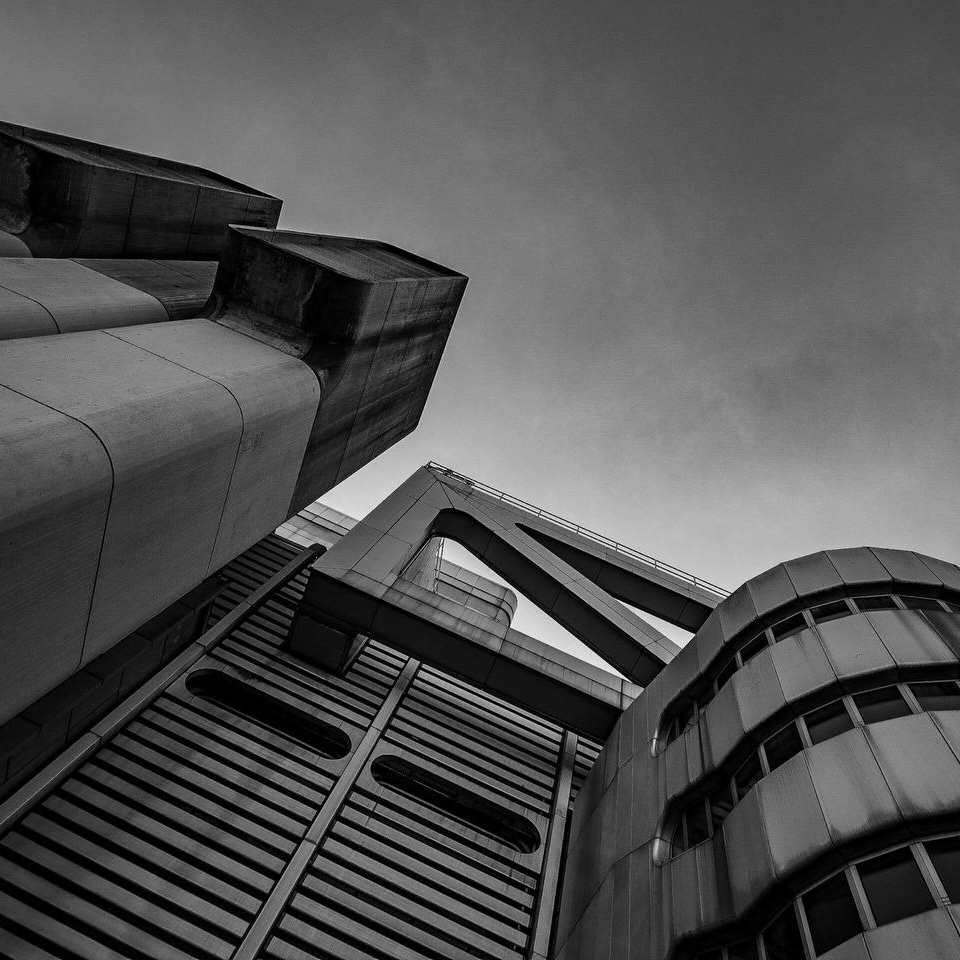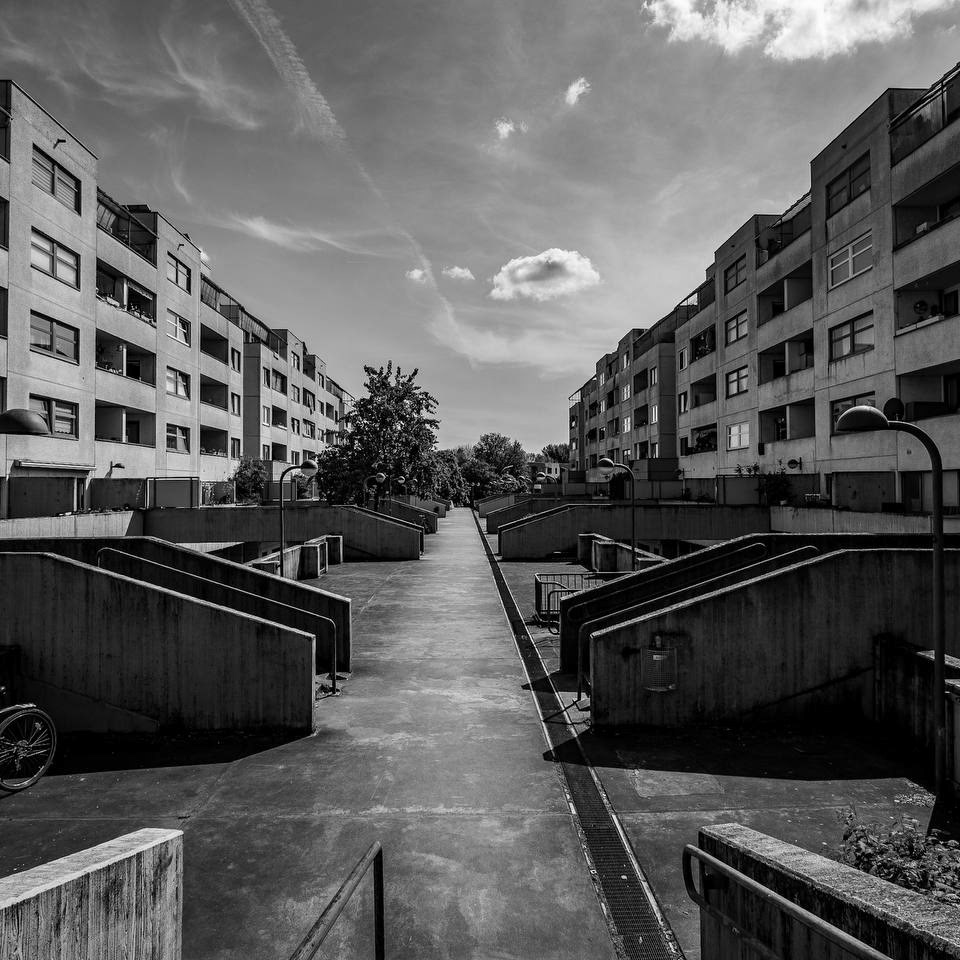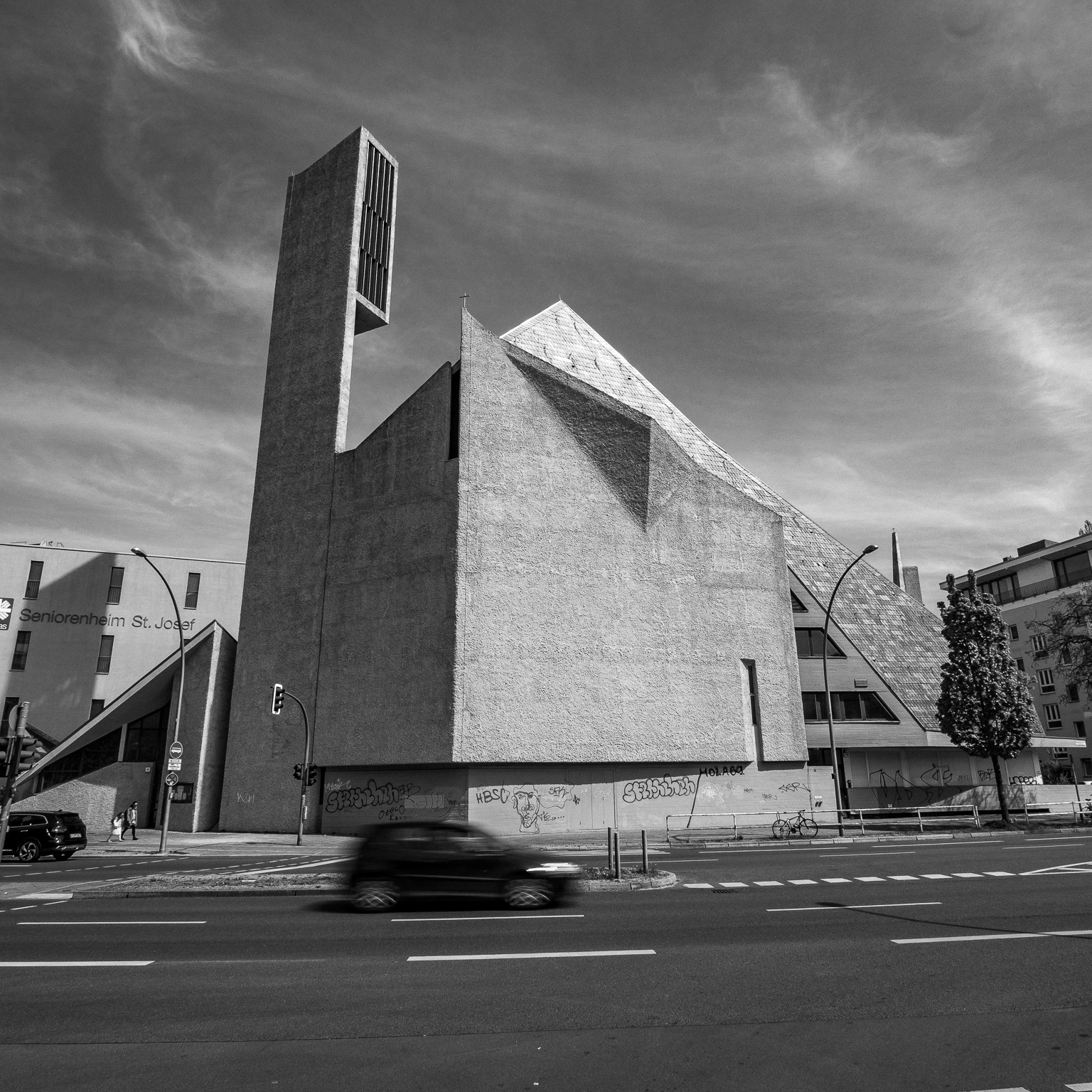1985 | Rolf Gutbrod
Matthäikirchplatz, 10785 Berlin
The Kunstgewerbemuseum, part of Berlin's State Museums, is a premier collection of European arts and crafts spanning from the Middle Ages to the present. Established in 1867, the museum has changed its location and name several times until 1995, with continuous expansion of its exhibition spaces. In 1985, a new exhibition building designed by Rolf Gutbrod was inaugurated at the Kulturforum in central Berlin. Additionally, the museum includes a branch in Schloss Köpenick, which functioned as an independent institution in East Berlin until 1990.
The museum originally opened with exhibits from the 1867 Paris World's Fair and was intended to educate and refine the taste of artisans and industrial designers. Over the years, it acquired significant collections such as the Lüneburg Council Silver in 1874 and about 7,000 items from the Brandenburg-Prussian Art Chamber in 1875, becoming one of Europe's most important museums of its kind. In 1881, it moved to the newly built Martin-Gropius-Bau, offering specialized collections and a chronological overview of interior design history.
After the fall of the German monarchy in 1921, the museum occupied part of the former Berlin Palace, forming the Schlossmuseum Berlin with artifacts from the Hohenzollern family. The building and some collections were destroyed during World War II, and after Berlin's division, the museum's exhibits were split between East and West Berlin. The East Berlin collection was relocated to Schloss Köpenick in 1963, while the West Berlin collection was temporarily housed in Schloss Charlottenburg until the move to Kulturforum.
Sources: https://de.wikipedia.org/wiki/Kunstgewerbemuseum_Berlin
Photos: Eric Bauermeister

